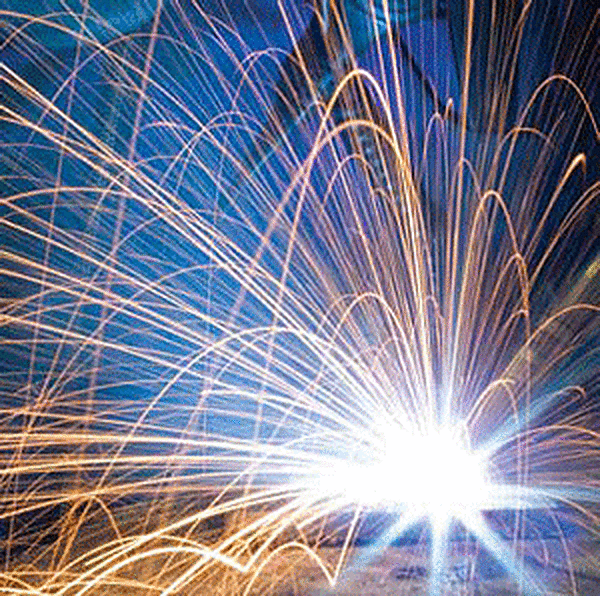Maximum Allowable Touch Up Area on Welded Galvanized Steel
What is the maximum allowable area of galvanized steel that can be touched-up after welding and still be in compliance with ASTM A123/A123M?

Welding of galvanized steel is something that is rarely done by the galvanizer since most welding is done by the fabricator prior to the steels delivery to the galvanizing plant. After all, one of the primary benefits batch hot-dip galvanizing offers is the ability to get complete corrosion protection on the steel since there is rarely any fabrication done on the steel after galvanizing; therefore, no destruction of the galvanized coating. There are times, however, when a specific design requires welding after galvanizing. One such example is when a structure is too big for the galvanizing kettle. The structure can be fabricated into several individual pieces and then be dipped individually. Of course, bolting of the individual pieces would offer the best corrosion protection since the galvanized coating would not be compromised, but the choice to weld together individual members ultimately lies with the design team (architect, engineer, specifier, etc.).
When a design team decides to weld after galvanizing, a common question they have is how much of the galvanized coating can be removed in the areas to be welded and still be in compliance with ASTM A123/ A123M. This question has a valid basis for Section 6.2.2 of ASTM A123/A123M states:
- The total area subject to renovation on each article shall be no more than ½ of 1% of the accessible surface area to be coated on that article, or 36 square inches per short ton of piece weight, whichever is less. Section 6.2.4 goes on to state
- When areas requiring renovation exceed the criteria previously provided or are inaccessible for repair, the coating shall be rejected.
The requirement of Section 6.2.2 is for areas touched-up by the galvanizer, such as in the cases of bare spots, chain or wire marks, or areas where gross dross inclusions were removed. The requirement of 6.2.2 does not apply for additional fabrication procedures not done by the galvanizer and after the steel has left the galvanizing plant. In other words, once the galvanized steel passes inspection, leaves the plant, and is accepted by the fabricator or specifier, the steel meets ASTM A123/A123M.
Any additional work done to the steel, such as removing portions of the galvanized coating so those areas can be welded, does not need to meet the requirements of Section 6.2.2 or 6.2.4. After welding, any of the touch-up methods described in ASTM A780 can be used to repair the areas where the galvanized coating was removed for welding. In the rare case where a design team does request the galvanizer weld newly galvanized steel, inspect the steel as usual, and once it passes inspection it can be welded after the galvanized coating is removed in the necessary areas. In this case, the requirements of 6.2.2 and 6.2.4 would also be waived since the galvanized coating passed inspection initially.
© 2025 American Galvanizers Association. The material provided herein has been developed to provide accurate and authoritative information about after-fabrication hot-dip galvanized steel. This material provides general information only and is not intended as a substitute for competent professional examination and verification as to suitability and applicability. The information provided herein is not intended as a representation or warranty on the part of the AGA. Anyone making use of this information assumes all liability arising from such use.

